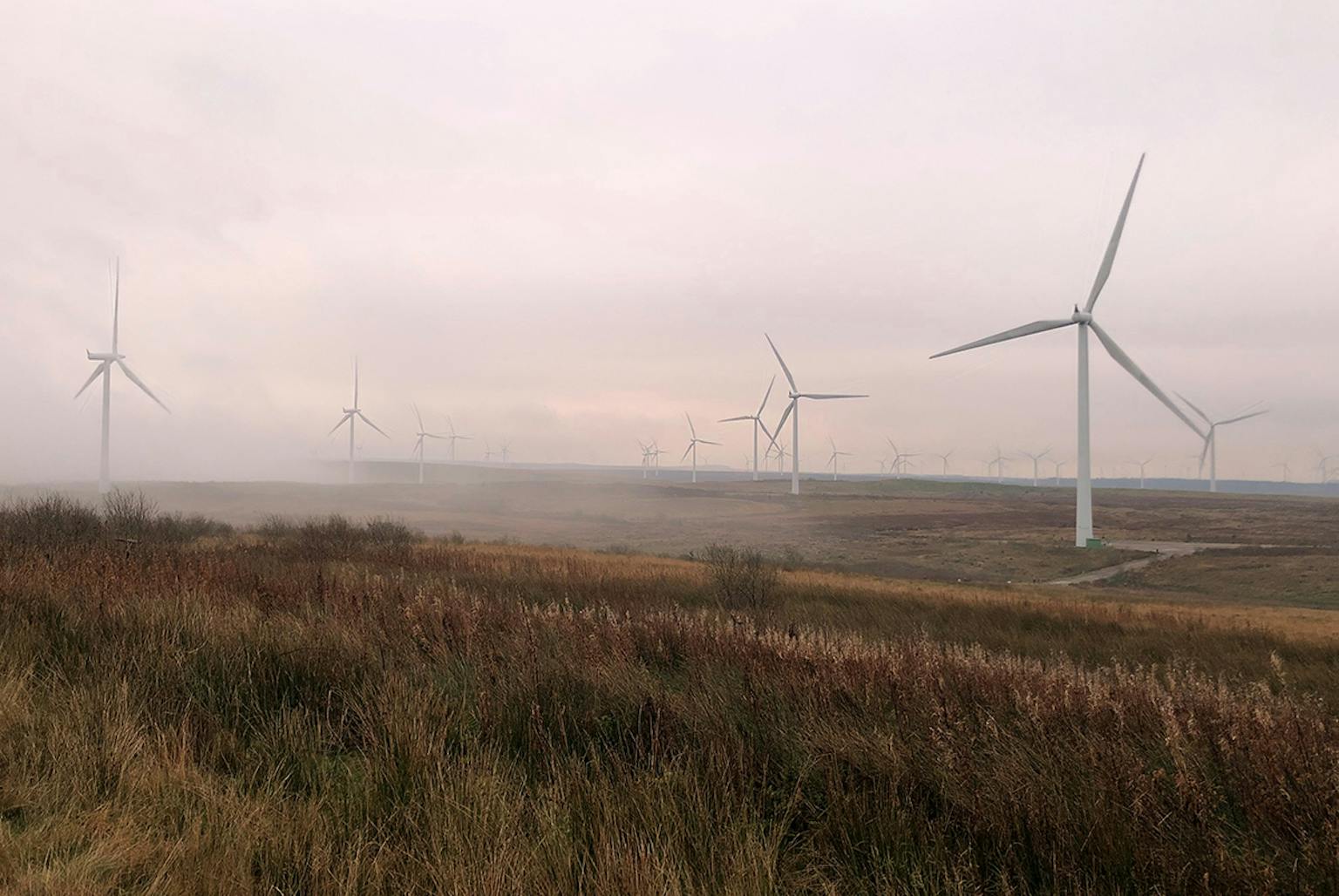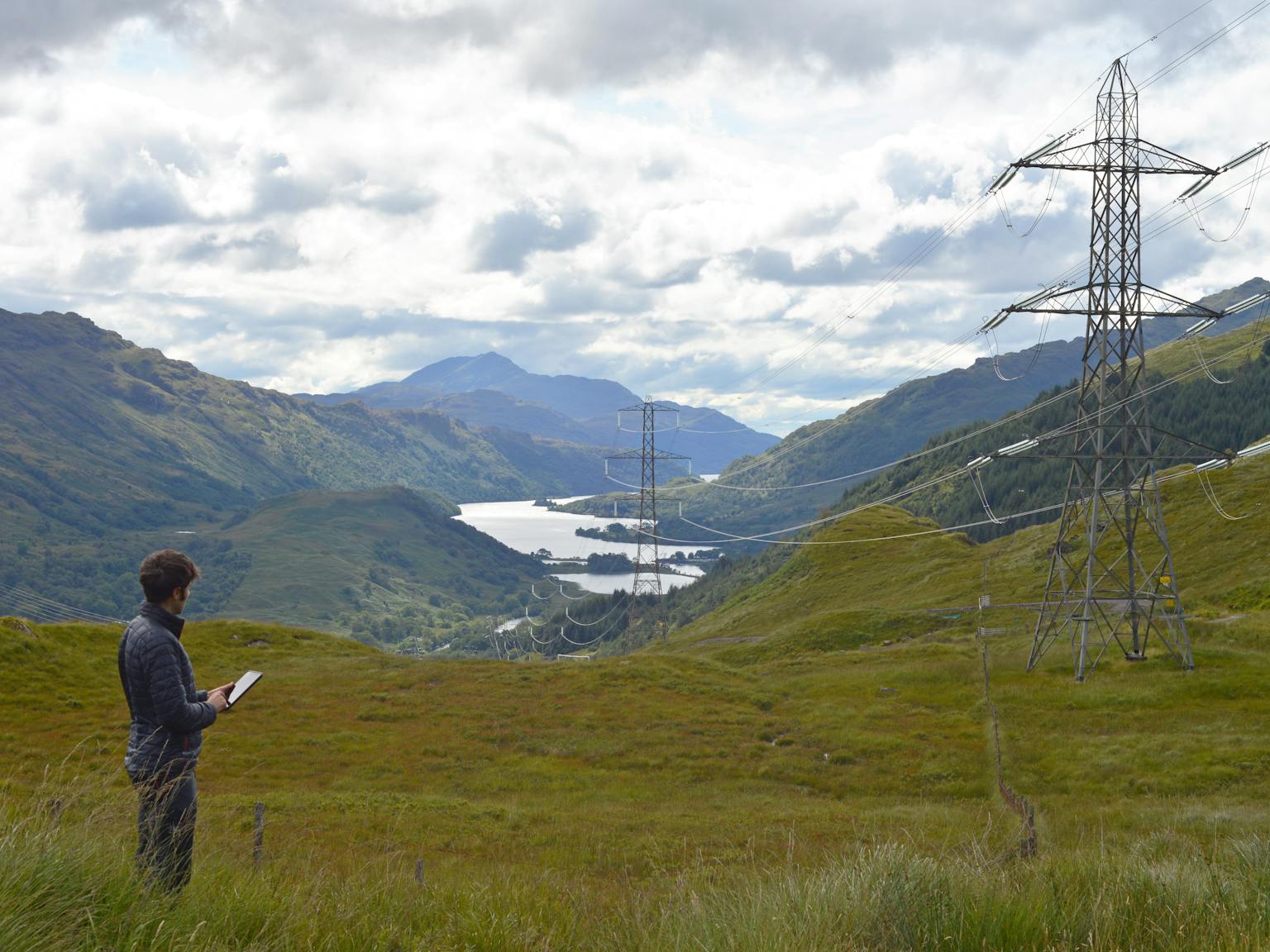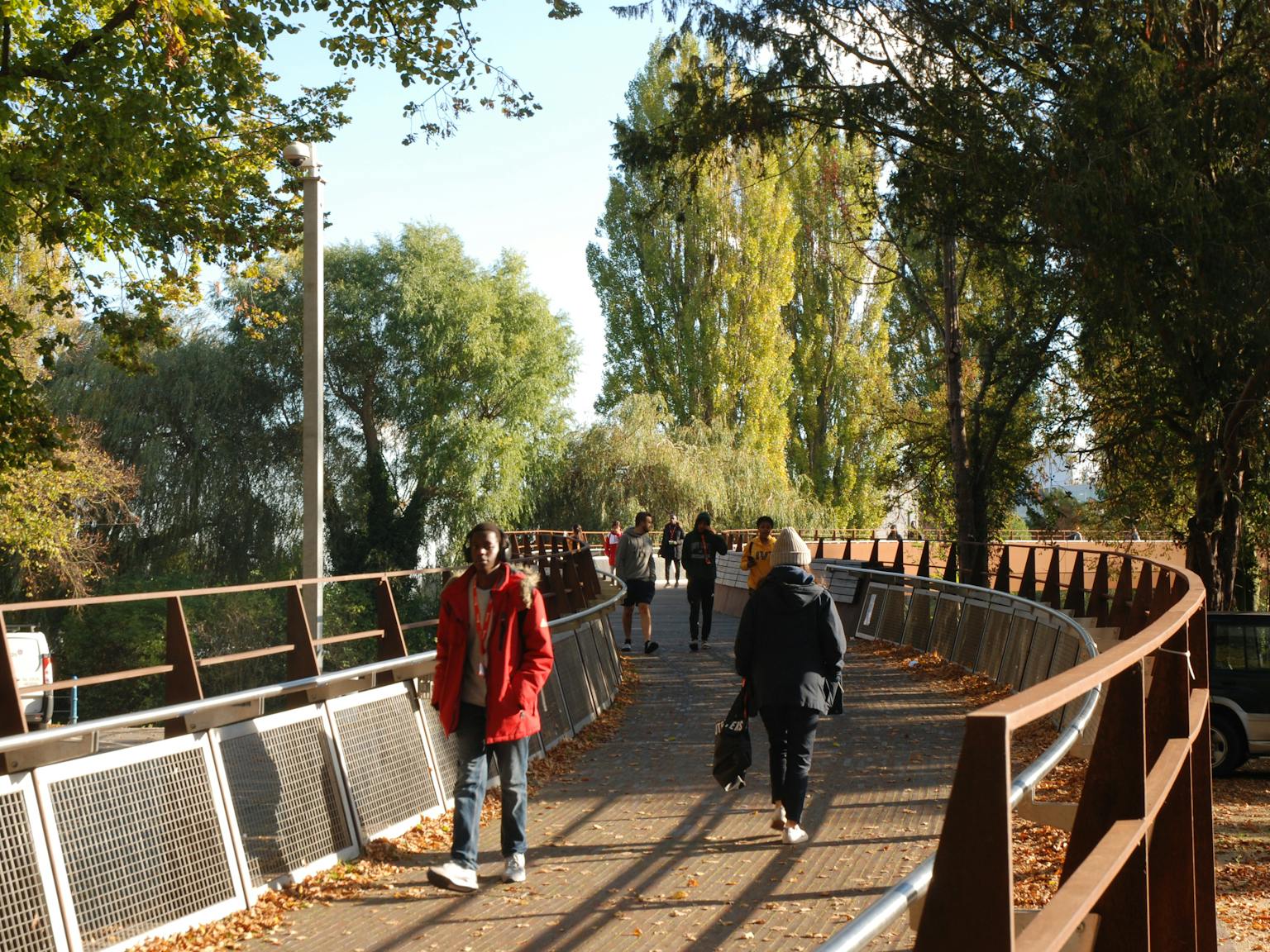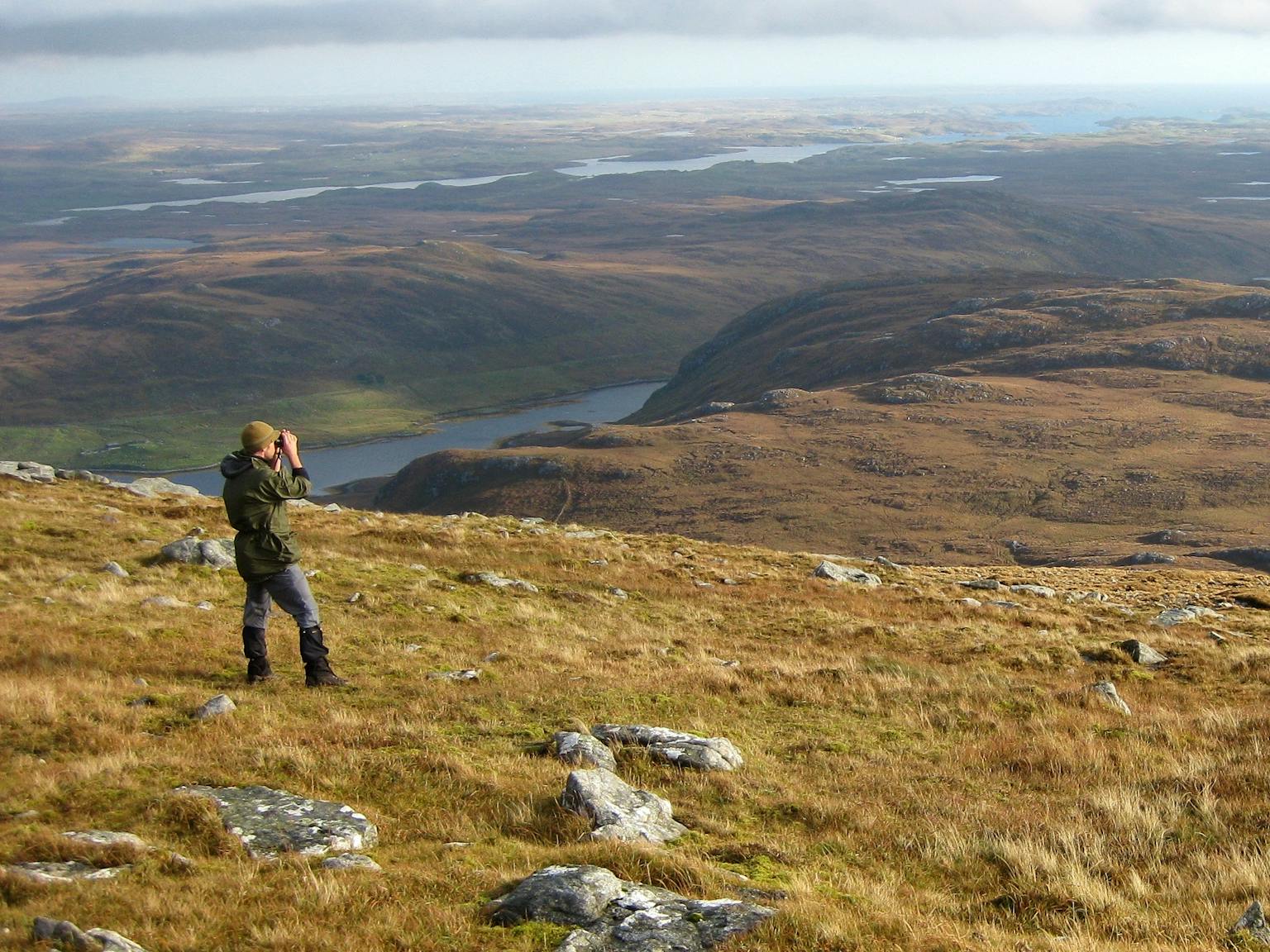
The Scale of the Task: increasing turbine size to achieve Net Zero
The declaration of the climate emergency has committed the UK to drive efforts towards net zero. The UK Government has set an ambitious target to be Net Zero by 2050,[i] and in Scotland, the target is to be Net Zero by 2045[ii]. The expansion of renewables will be crucial in reaching this target, and the deployment of larger turbines and substantial additional onshore wind capacity will be essential to achieve that in all parts of the UK.
Up until 2017 wind energy projects were subsidised through Renewable Obligation Certificates (ROCs). To provide some context on turbine heights, the oldest wind farm in Scotland (Hagshaw Hill in South Lanarkshire, commissioned in 1995) operates with turbines of 55.5m to blade tip height. Towards the end of the ROC scheme, developments typically had turbines between 125m and 150m in height.
In a post-subsidy world where wind turbine technology has moved on, larger and more efficient turbines are required both for financial viability and to maximise generation, ensuring a meaningful contribution towards Net Zero. For example, the repowering of Hagshaw Hill was granted consent earlier this year with turbines of 200m in height. Many of our clients are currently considering schemes with turbines of up to 220m, demonstrating the continuing upwards trajectory for onshore wind energy in the UK.
The deployment of larger turbines may seem like a step-change, but it is simply part of the gradual evolution of a now tried and tested technology, alongside a growing acceptance of the presence of wind farms in the landscape. The effects of 100m+ turbines may have been unimaginable in 1995, but they are now an everyday sight.
Wind energy development is part of a continual process of landscape change, as society continues to decarbonise and reduce its reliance on fossil fuels. However, the underlying scale of the landscape has not changed. Most landscapes have a point at which turbines above a certain size seem not to ‘fit’, but the apparent differences between turbine sizes can be surprisingly limited. Our clients rely on our deep understanding of the landscape and visual effects and how to reduce the consenting risks that may be associated with larger turbines.
It is not all about size, however. The number of turbines, their proportions, spacing and visual composition are all important when designing a wind farm, and can offset the potential effects of larger turbines. Schemes must consider the effects on designated landscapes and Wild Land Areas, issues we are well-versed in tackling for our clients. The risks of deploying larger turbines ultimately need to be weighed against the wider project benefits and determined as part of the overall planning balance, however, the current trend towards an acceptance of larger turbines is starting to be reflected in key determinations in Scotland.
The project context is also becoming increasingly complex, with a range of existing wind farms, new developments, and repowering proposals to consider. To achieve the optimum wind farm design, we need to look at the development story for surrounding wind farms. We aim to avoid cumulative situations whereby the differing size of adjacent turbines could cause conflict, or result in unusual effects on perspective. However, it would make little sense to limit turbine size in response to a nearby wind farm with smaller turbines, if that wind farm was coming towards the end of its operational life.
We help clients navigate this raft of potential outcomes, using technology to help them visualise an increasingly complex set of emerging scenarios.
To help develop a design response for your site that ensures sensitivities are carefully addressed please get in touch with Paul Macrae or Dan Walker.
[i] https://www.gov.uk/government/news/uk-becomes-first-major-economy-to-pass-net-zero-emissions-law
[ii] https://www.gov.scot/news/scotland-to-become-a-net-zero-society/










